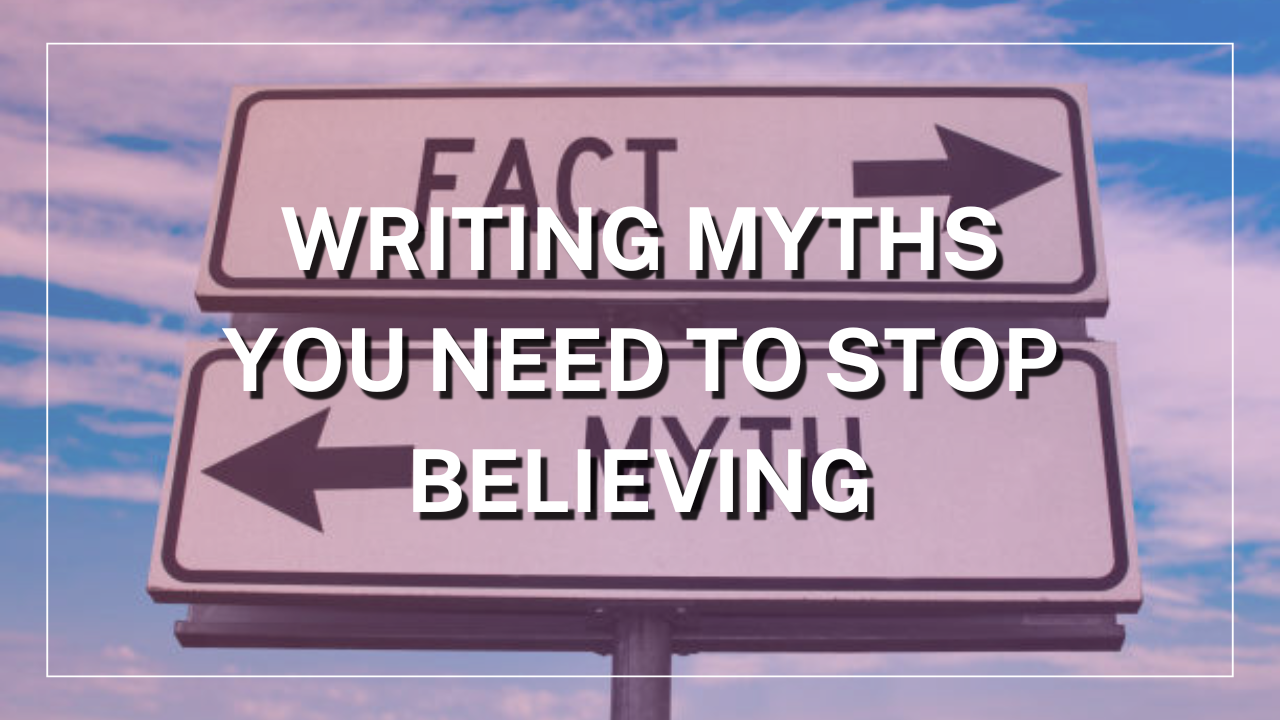Writers often fall prey to outdated or oversimplified rules. These myths may sound like good advice, but they can restrict creativity and weaken your voice. Let’s debunk 10 common myths from different aspects of writing:
-
Never start a sentence with “And” or “But”. This rule is drilled into schoolchildren, but it doesn’t hold true in creative writing. Starting with conjunctions can add rhythm, contrast, and emphasis. Just don’t overdo it.
-
Passive voice is always wrong. While active voice is generally clearer, passive voice has its place, especially when the doer is unknown or irrelevant. “The manuscript was edited overnight” is perfectly fine in context.
-
Adverbs are evil. The blanket “kill all adverbs” advice is misleading. Yes, weak verbs paired with adverbs (e.g., “ran quickly”) can be improved (“sprinted”), but adverbs can add nuance when used sparingly and intentionally.
-
Good writing avoids repetition at all costs. Redundant repetition is lazy. But strategic repetition of a word, phrase, or structure can create rhythm, emphasis, and cohesion. It’s a rhetorical tool, not a flaw.
-
Always show, don’t tell. “Show, don’t tell” is useful, but overapplying it leads to bloated prose. Not every emotion or event needs to be dramatized. Sometimes a clear, direct sentence is more effective.
-
Characters must be relatable. No. They must be interesting. Flawed, complex, morally grey characters often make for the most compelling reads. Readers don’t need to relate to them; they just need to care about what happens to them.
-
You must write in complete sentences. In fiction and creative nonfiction, sentence fragments are not only acceptable but often powerful. They mimic thought, create tension, and improve pacing. Like this.
-
All dialogue tags should be “said”. “Said” is unobtrusive, yes, but it’s okay to occasionally use “whispered,” “muttered,” or “yelled” when tone matters. Just avoid overwriting (“exclaimed exuberantly”) or using tags as crutches.
-
All stories need a three-act structure. Three acts work well, but they’re not the only option. Some stories follow five acts, circular plots, or no structure at all. The key is internal logic and emotional payoff, not formula.
-
Editing is just fixing grammar. Editing includes developmental work like tightening scenes, improving pacing, clarifying theme, not just correcting commas. Great editing shapes the experience of the entire manuscript.
Writing isn’t about obeying rules—it’s about making choices. These myths may have a grain of truth, but they shouldn’t become cages. Understanding when and why to break the rules is part of growing as a writer. Write smart. Write boldly. And most importantly, write your way.

